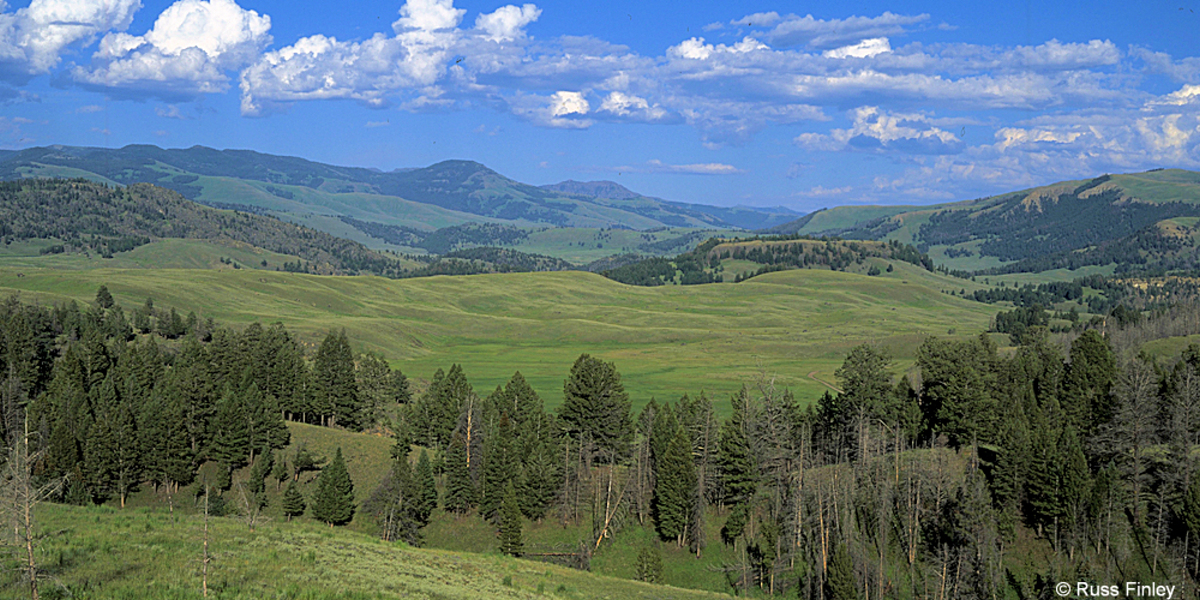DAY HIKING IN YELLOWSTONE
Yellowstone National Park, encompassing 2.2 million acres, is one of America’s premier wilderness areas. Most of the park is backcountry and managed as wilderness. Over 1,100 miles (1770 km) of trails are available for hiking. However, there are dangers inherent in wilderness: unpredictable wildlife, changing weather conditions, remote thermal areas, cold water lakes, turbulent streams, and rugged mountains with loose, “rotten” rock. Visiting wilderness means experiencing the land on its terms. If you choose to explore and enjoy the natural wonders of Yellowstone, there is no guarantee of your safety. Be prepared for any situation. Carefully read all backcountry guidelines and regulations.
Spring Hiking in Yellowstone is a great way to both see and enjoy the park. This time period allows the unique opportunity for non-motorized use of certain park roads. Hiking, bicycling, jogging, roller blades, roller skis, and similar means of non-motorized travel are permitted between the West Entrance and Mammoth Hot Springs ONLY from about mid March through the third Thursday in April. The opening day in March is weather dependent. The East and South Entrances and roads are Not Open for these early spring activities. The road from Madison Junction to Old Faithful will Not Open for spring activities during this time. Please Note, there will be some administrative vehicles traveling the roads at this time. You may verify what specific roads are open to such activities by calling: 307-344-2109.
There are numerous trails suitable for day hiking. Begin your hike by stopping at a ranger station or visitor center for information. Trail conditions may change suddenly and unexpectedly. Bear activity, rain or snow storms, high water, and fires may temporarily close trails. At a minimum, carry water, a raincoat or poncho, a warm hat, insect repellent, sunscreen, and a first aid kit. It is recommended that you hike with another person. No permit is required for day hiking.
Should you drink the water? Intestinal infections from drinking untreated water are increasingly common. Waters may be polluted by animal and/or human wastes. When possible, carry a supply of water from a domestic source. If you drink water from lakes and streams, bring it to a boil or use a water filter to reduce the chance of infection.
Yellowstone’s weather is unpredictable. A sunny warm day may become fiercely stormy with wind, rain, sleet, and sometimes snow. Lightning storms are common; get off water or beaches and stay away from ridges, exposed places, and isolated trees.
